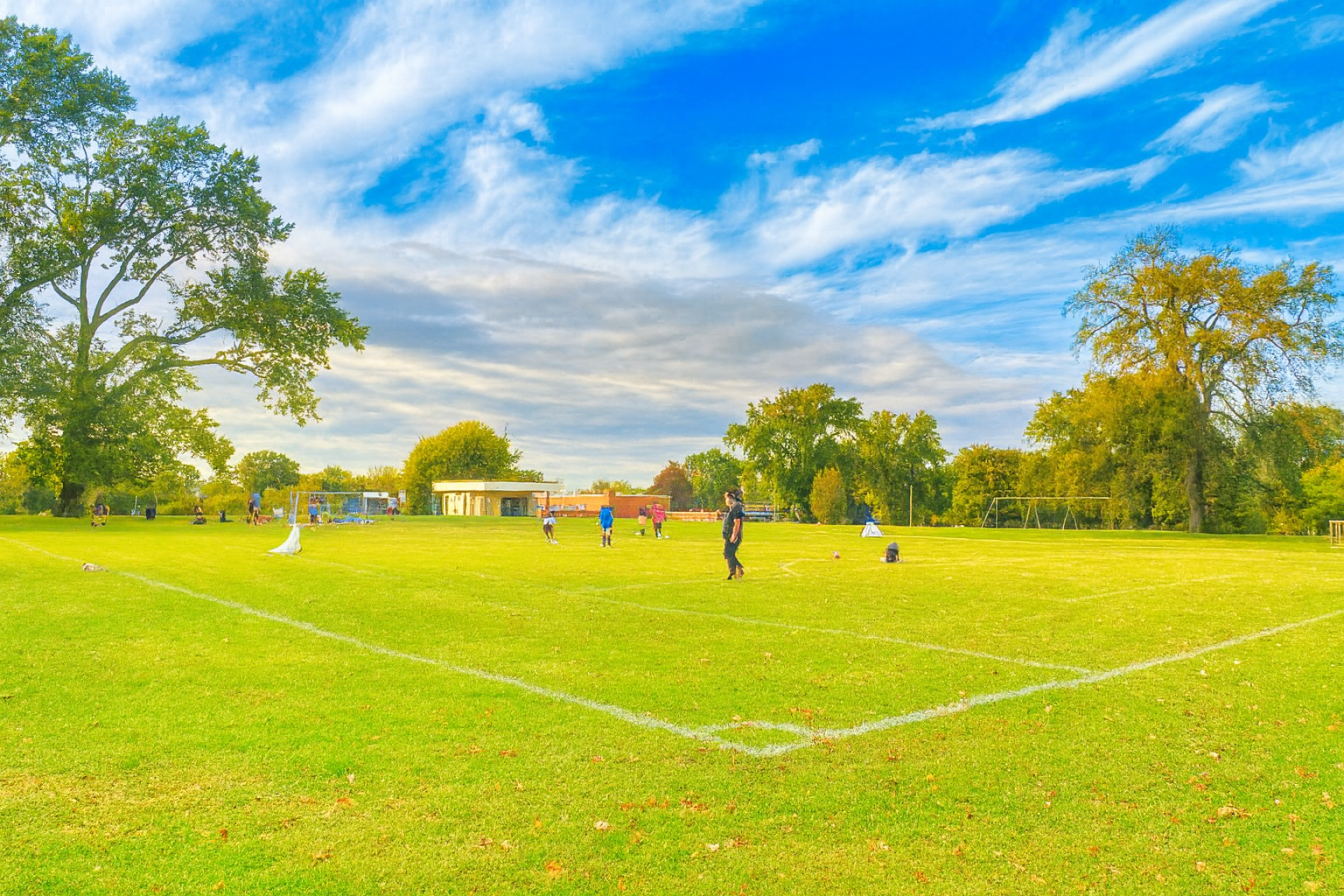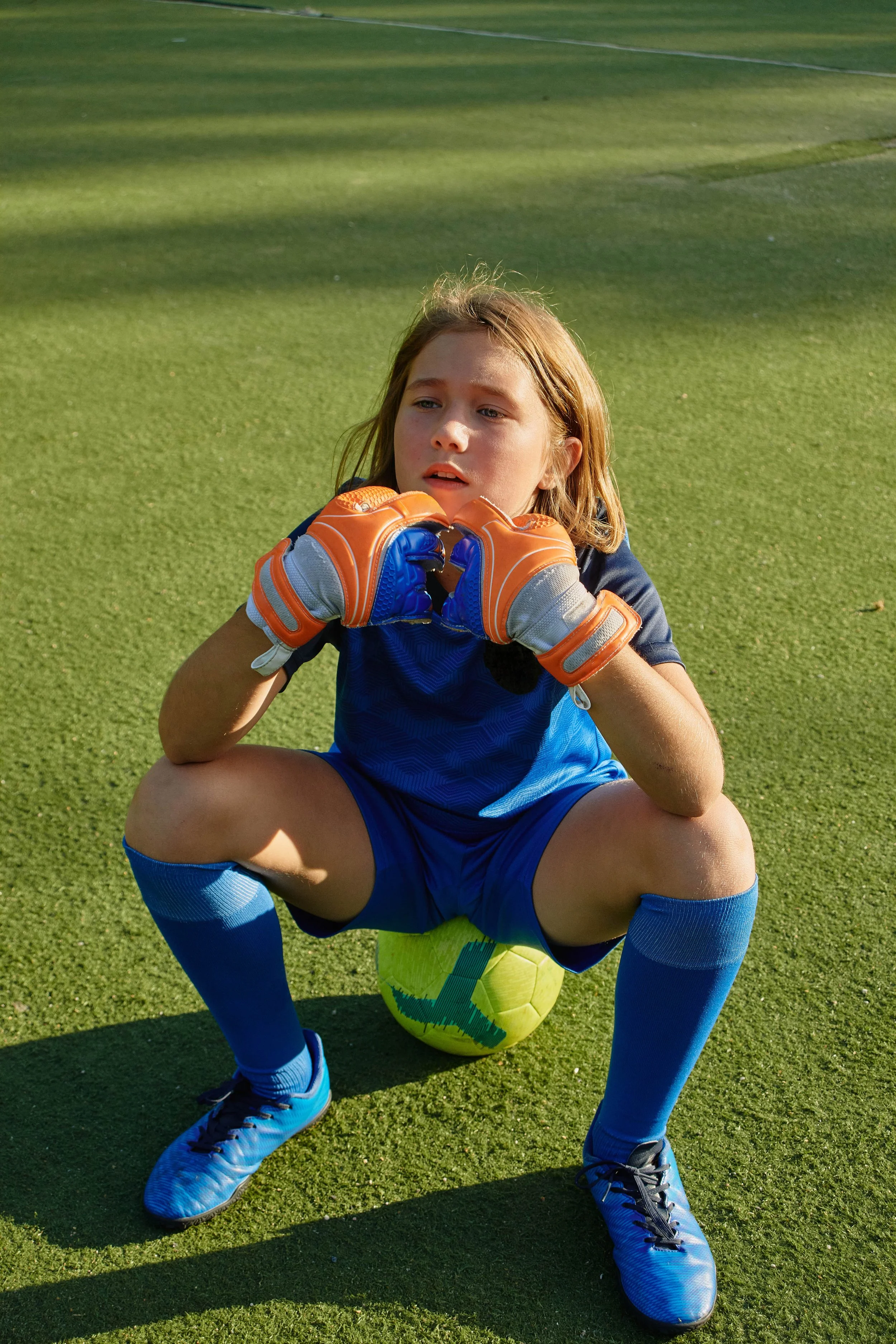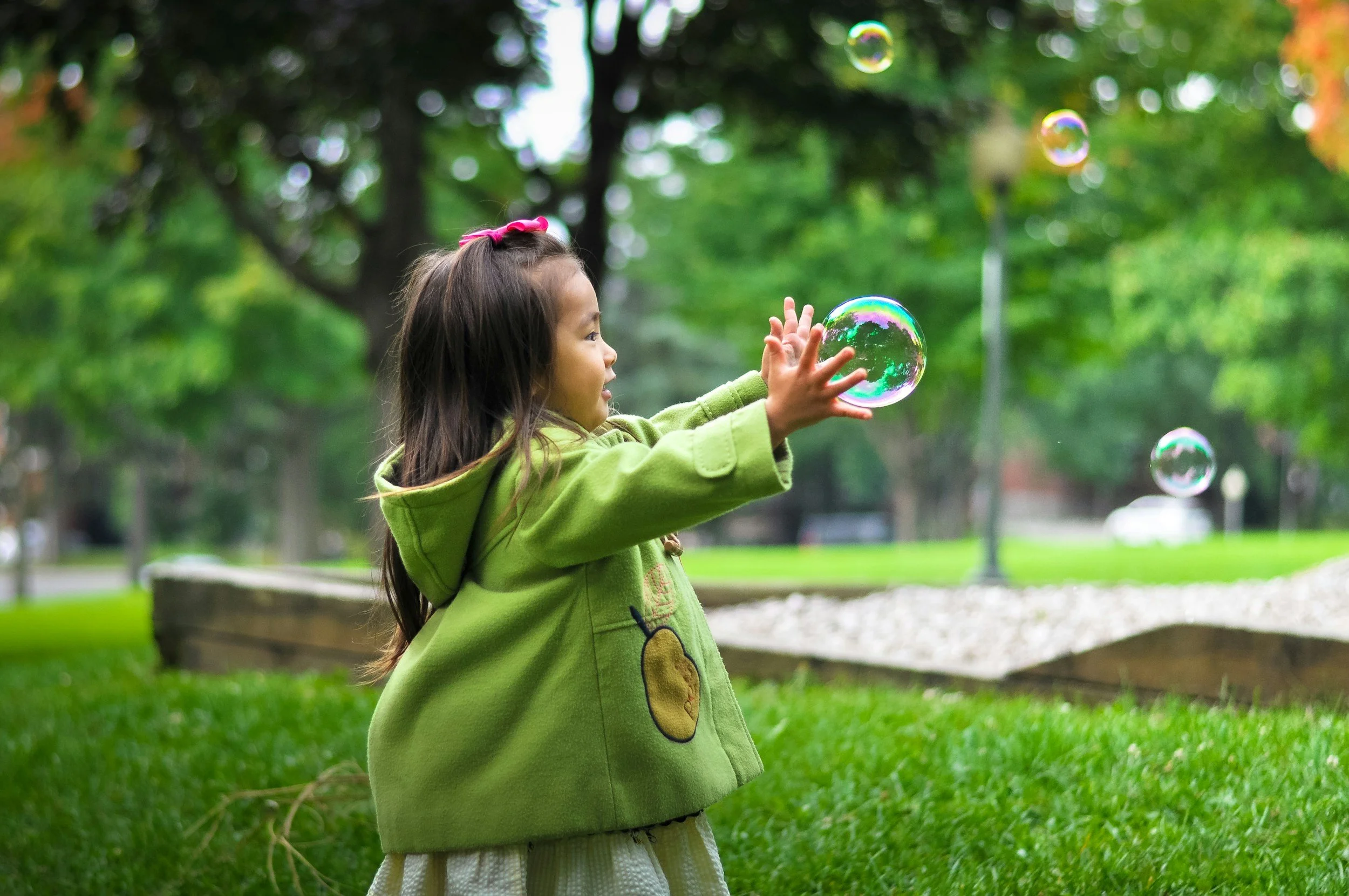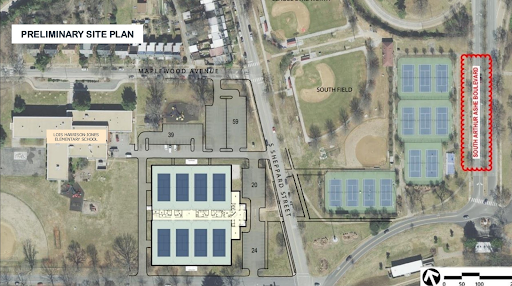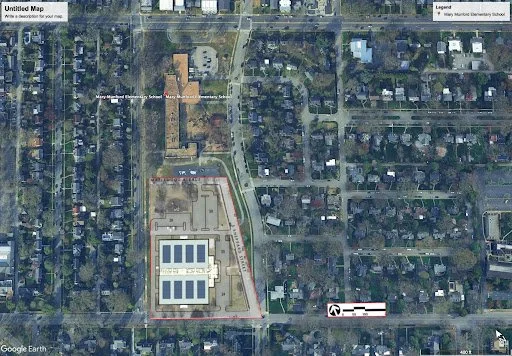No Courts on School Grounds
Preserve Our Community’s Future
Keep Our Field, Grow Their Future
Lois Harrison‑Jones Elementary (LHJ) depends on its outdoor field for daily recess, soccer, neighborhood recreation, and school events.
A private organization plans to build an indoor tennis complex on this same land taking away a cherished resource and critical green space from students and the community.
❊ Why It Matters
This land is not abandoned. It’s our field. Our playground. Our future
Where Kids Play
Every day, LHJ students use this green space for recess, soccer, games, and unstructured play. Families gather here after school and on weekends. It is not an open plot waiting for development. It’s a living part of our community’s daily rhythm.
Room to Grow
LHJ’s enrollment has risen sharply in recent years and is projected to keep climbing. This land represents future opportunities for classrooms, playgrounds, and facilities that serve students, not private developments.
Safe, Green, Smart
Paving over school land for a massive indoor facility brings new traffic, safety hazards, and environmental runoff risks. Preserving this space protects kids now and ensures the campus can thrive for generations to come.
❊ The Space
See What’s at Stake.
The proposed indoor tennis facility would take over the entire field behind Lois Harrison-Jones Elementary, the same space where kids play, learn, and gather every day. This land is not empty. It’s part of the heartbeat of our school and neighborhood. The visuals below show how much of the campus would be lost.
The Field Today
The proposed site is right on top of a rare urban green space, ringed by old-growth trees, where kids play soccer, families gather, and the school community connects. For a lot of our students this area is their only access to green space.
Proposed Footprint
Plans show an 8-court indoor facility and new parking lots built directly over the existing field that places parking directly adjacent to playgrounds. The size and proximity of the facility pose not only significant safety concerns for our students but would create a disruptive academic experience for years.
Compare the Scale
For perspective, here’s the same facility footprint dropped onto Mary Munford’s school campus. It’s massive and would take over nearly the entire campus south of the main school buildings. Compared to Fox’s school’s site, the facility would occupy the entire lot. That’s a massive building. See more examples here.
Help Us Protect This Green Space
❊ The Future
A School That’s Growing, Not Shrinking.
Lois Harrison-Jones Elementary is growing fast. Enrollment has increased from 226 to 286 students in just two years, and city projections show continued growth as more families move to the area.
This green space represents our best opportunity for future classrooms, playgrounds, and facilities to support a thriving public school community.
Numerous studies show that children who have regular access to green space perform better cognitively, exhibit fewer behavioral issues, and enjoy better emotional and physical health.
❊ FAQs
You’ve got questions,
we’ve got answers
-
Directly on the field behind Lois Harrison-Jones Elementary School, the same space used daily for recess, soccer, and community activities. Though it’s often described as “near Byrd Park,” the land is part of the school campus..
-
This is one of the few remaining large green spaces in Richmond’s public elementary schools. It’s essential for daily play, schoolwide gatherings, and long-term campus growth. Once the land is developed, it’s gone for good.
-
The project includes an 8-court indoor tennis complex and multiple parking lots, a footprint large enough to cover the entire field. For comparison, it’s bigger than the playground and blacktop combined at Mary Munford Elementary School. To give you a sense of size, a similar building housing only 6 courts is 55,000 square feet.
-
Access to programs would be limited and secondary to the private facility’s primary operations. If the goal is to support LHJ students, investing directly in the school’s facilities and programs would be far more impactful than taking away their existing space.
-
No. LHJ students use the field every day for soccer, recess, and school events. Families and neighbors also use it after school and on weekends. It’s a vibrant part of the community, not an abandoned lot.
-
The proposal relies on private donations and grants, with the City providing site support. This means public school land would be handed over to a private entity without meaningful input from the LHJ community.
-
Major construction right next to classrooms would bring long-term noise, dust, and safety concerns — especially for young children learning foundational skills. Construction zones also create traffic congestion and potential hazards.
-
Yes. Richmond has several existing athletic sites and underutilized spaces better suited for a large indoor complex. Building on public school grounds is neither the only nor the best option.
-
Not meaningfully. This proposal has been in development for years, yet parents, teachers, and neighbors are only now learning about it. Decisions about public school land should involve the public from the start.
-
You can sign our opposition letter, contact your elected officials, attend civic meetings, and share this campaign with neighbors and friends.
For Our Kids. For Our Community. For The Future.

